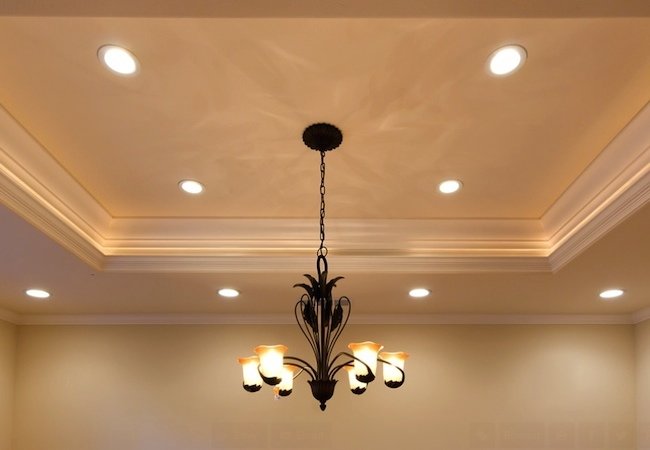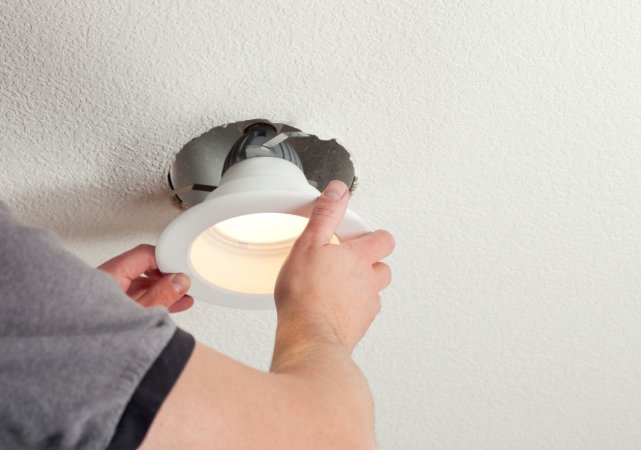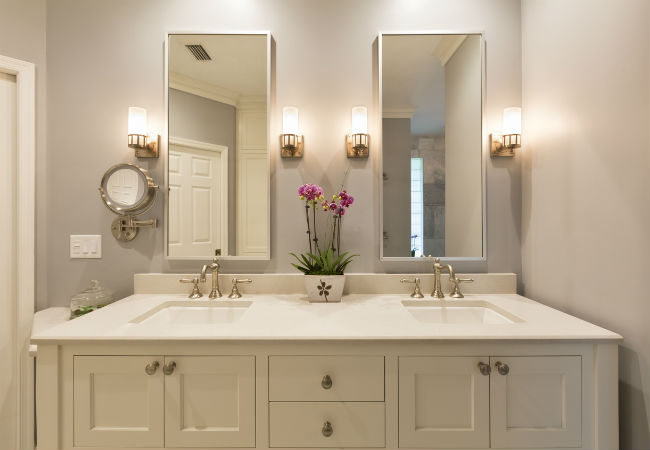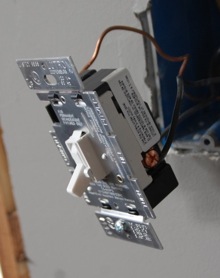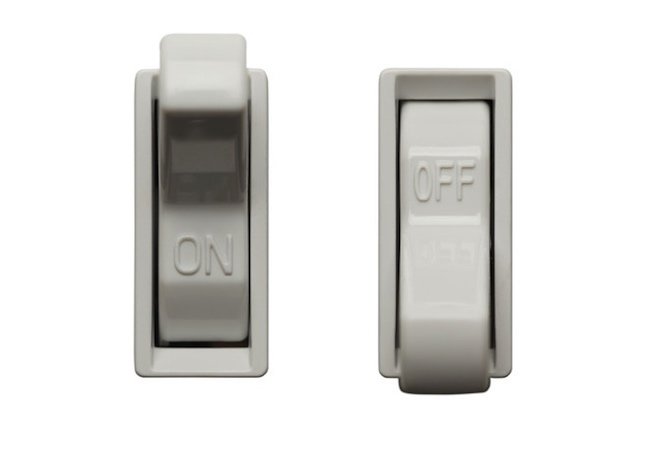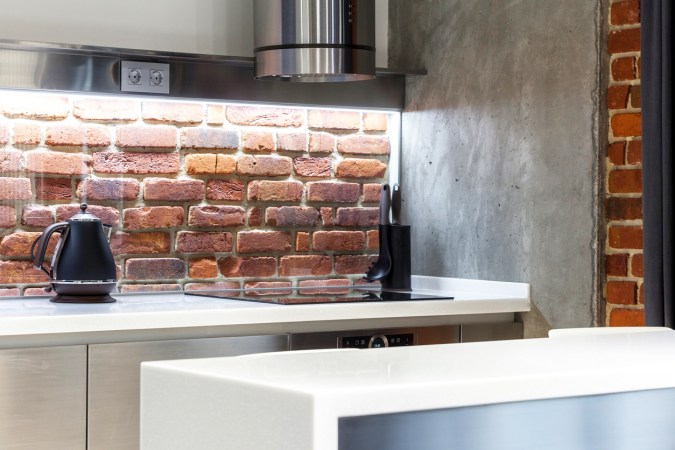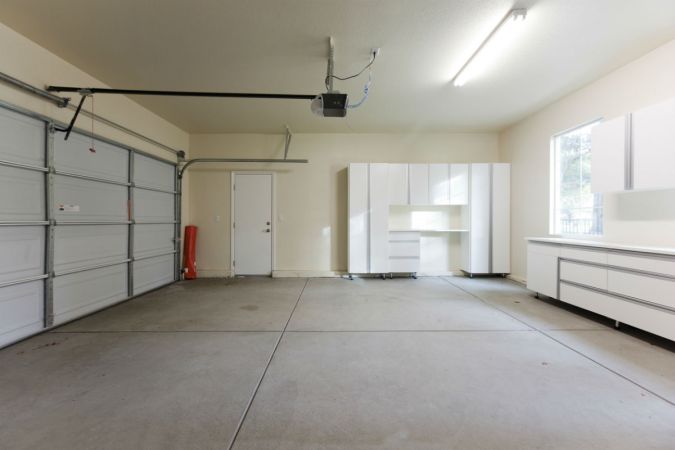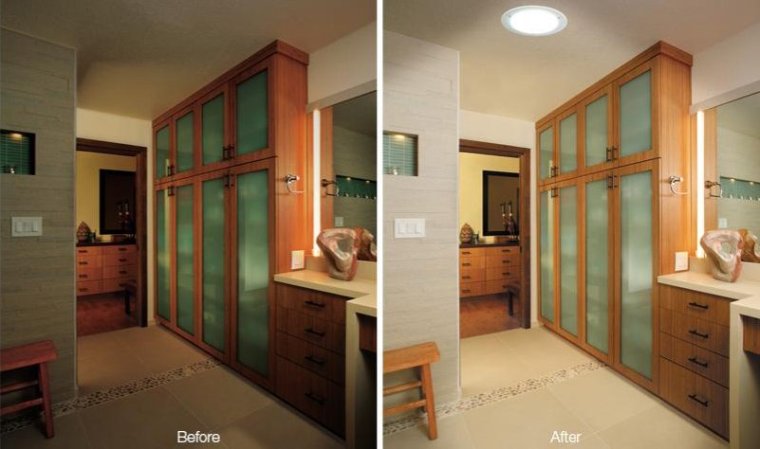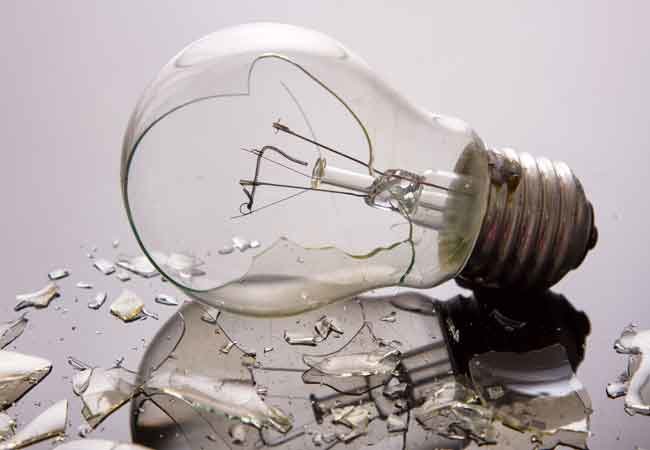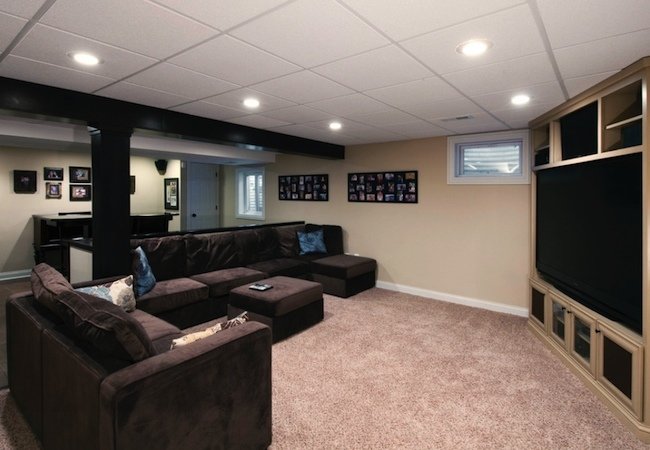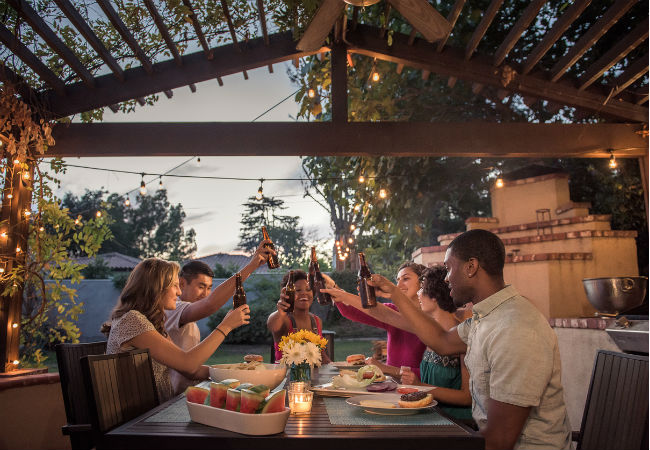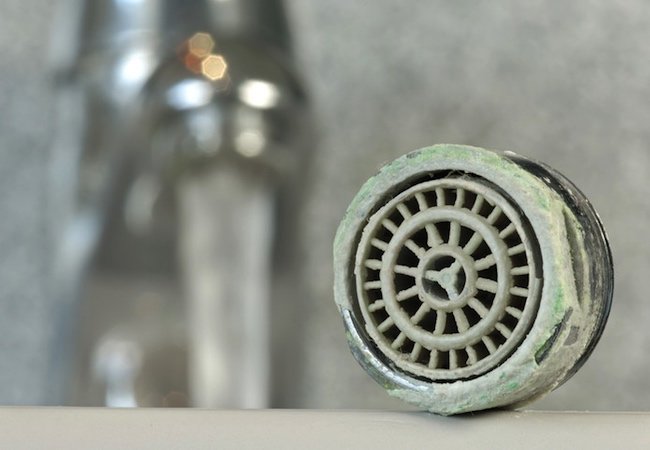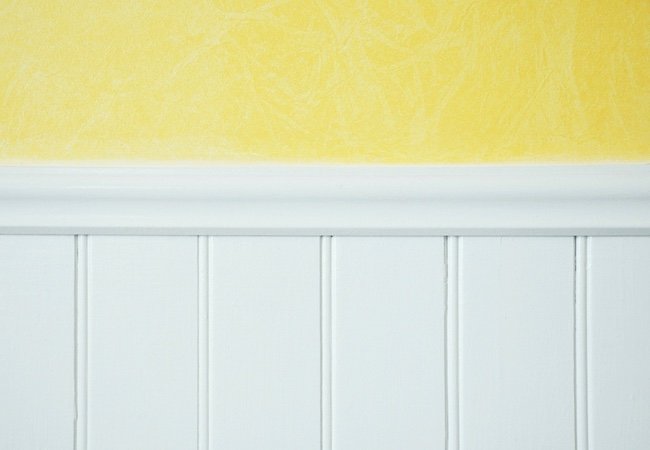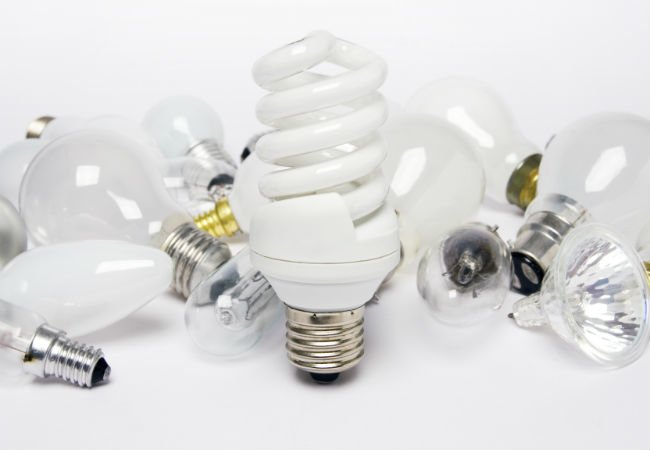We may earn revenue from the products available on this page and participate in affiliate programs. Learn More ›
Recessed lighting has been around since the 1930s, and even though its popularity seems to have waned in recent years, manufacturers continue to innovate in the category. Homeowners in the market for recessed lighting have an ever-growing number of functional and aesthetic choices to make. So whether you’re renovating an old house or building a new one, successful recessed lighting installation starts with you—your project and its specific variables, as well as your vision for the completed space.
Before beginning the installation—and even before making any purchases—take the time to understand what limitations (or opportunities) lie in the project you’re planning. Recessed lighting comes with certain requirements. For instance, the housing must be tucked between framing joists. It’s easiest, therefore, for recessed lighting installation to take place during major remodeling or new construction. That said, there are work-arounds: fixtures specially designed to be retrofitted in existing homes. If you plan on doing nothing more than install recessed lighting, then you must be careful to purchase only those fixtures that can be installed under those circumstances.
Early on, you must also decide what type of recessed lighting you would like to install. Shopping is often easier with other types of fixtures, because table and floor lamps, pendants, and sconces each provide only one type of illumination, be it task, ambient, or accent lighting. Recessed lighting fixtures, however, can serve any of these applications, depending on the product you select. You just need to know what you’re looking for.
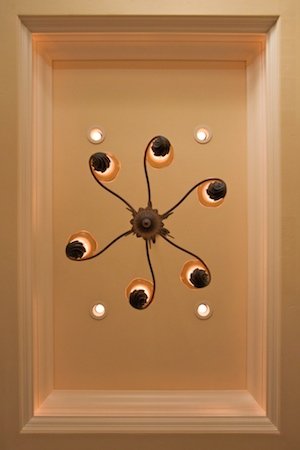
Wall-washer recessed fixtures emit wide swaths of light. When positioned around the perimeter of a small room, they can make the space appear much brighter, larger, and more inviting. Coupling wall-washers with dimmer switches provides even more control over the mood of the space.
Adjustable narrow-beam eyeball fixtures are used to highlight features and objects, such as works of art. Positioning the light directly in front of the piece and about a foot and a half from the wall usually gives good results. If your aim is to illuminate a three-dimensional object, you might want to consider installing two or three eyeball fixtures, as that combination produces the most dramatic effect.
Task lighting calls for the most light possible, so opt for recessed fixtures that include reflectors. Again, dimmers can be used to precisely tailor the amount of light. Just make sure the fixtures are positioned directly above the target area, so your head and shoulders don’t block the light.
Most recessed lighting fixtures come in one of three standard diameters: 4-inch, 5-inch, and 6-inch. The 6-inch models are the most powerful, and as such, they are best suited for rooms with very tall ceilings. Smaller-diameter fixtures are better for average-size rooms. Bear in mind that the diameter of a fixture also determines how close it can be can be placed to another fixture. A common rule of thumb is to position fixtures at least one foot apart for every inch of the fixture’s diameter: For example, 4-inch fixtures should be spaced four feet apart.
Some recessed lighting fixtures require special wiring and/or a transformer, so you must be at least somewhat familiar with the construction of your home. How far apart are the ceiling joists? What sorts of wiring are you likely to encounter? If you have questions, hire a pro who can do some poking around to see what’s in the ceiling.
One final note: Many municipalities require you to pull a permit before installing recessed lighting. Take care of that before doing anything else. Much better to be safe than to risk having to tear out a nice new installation!
Also, once the fixtures are in place, give careful consideration to the question of which of the many types of light bulbs you are going to use. Bulb costs run the gamut, color rendition levels span from poor to exceptional, and energy efficiency differs, sometimes dramatically, from product to product. Know the pluses and minuses of each type of bulb, and choose wisely.
